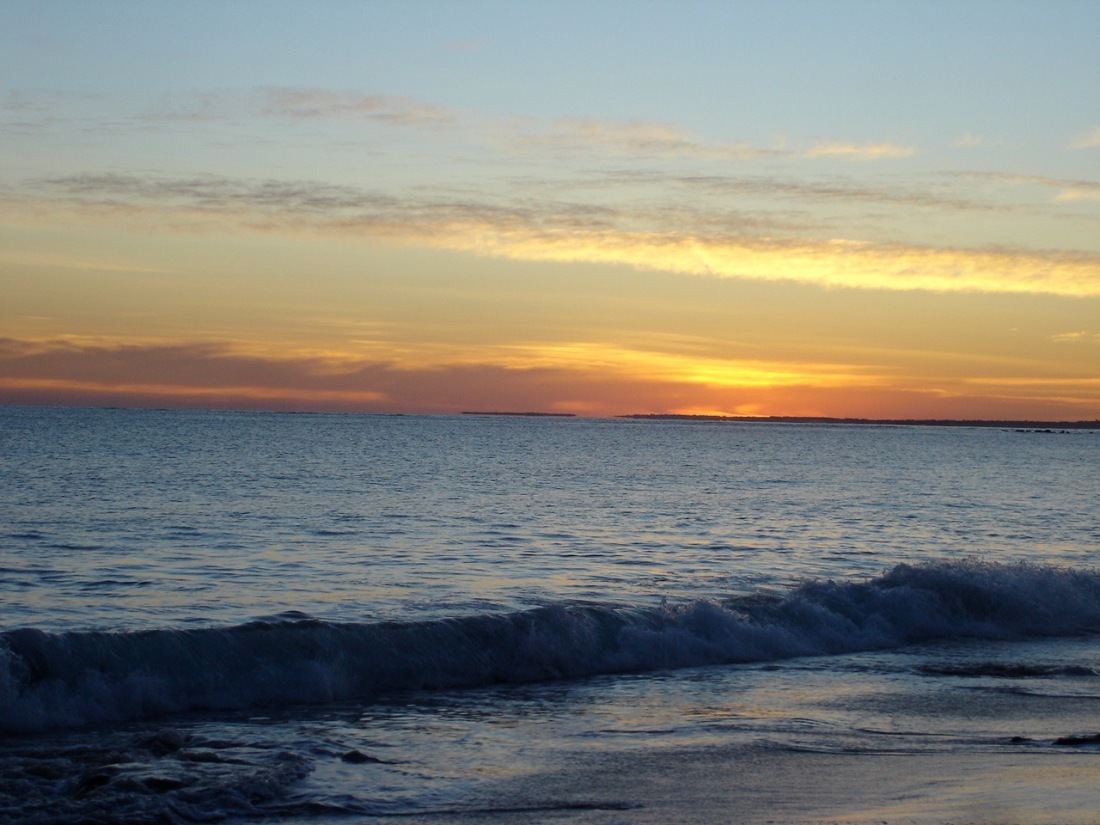I’m very excited to post that I’ve just finished composing a work: World as Lover, World as Self, for solo piano and orchestra, commissioned by the Donaueschinger Musiktage for a premiere at the 100th Anniversary (!) edition of the festival on 15th October this year. The work is written for the fabulous pianist Tamara Stefanovich with the Orchestre Philharmonique du Luxembourg conducted by Ilan Volkov. It’s scored for a suitably Covid-times-sized orchestra (see below*)
The work is divided into 4 movements:
- Gratitude
2. Heirlooms (of sorrow and protest)
3. Twinkle, Twinkle, Little Star
4. The Great Turning
Background:
The title of the work comes from the book World as Lover, World as Self by Joanna Macy, eco-philosopher, activist, teacher, and scholar of Buddhism, systems thinking and deep ecology. The section titles refer to the structure of Macy’s teaching which moves in a spiral sequence from ‘gratitude, then, honoring our pain for the world, seeing with fresh eyes, and finally, going forth.’ Each stage is a portal to compassion that reaches beyond the small self to a connection with the intra-dependent co-arising nature of the larger Self of existence.
That all sounds rather grand… as is writing a piano concerto…
But I made this piece from a place of more uncertainty than usual. I describe my process as one of foraging—looking for wild nutrients and medicines. I hunted through impressions of meeting and talking with pianist Tamara Stefanovich (on zoom) and through vestigial memories of listening to Schumann; but I also foraged on twitter—with its entangled threads of rage and grief and fake-ness and truth amongst personal messages in metaphorical bottles—a place of strange fairy tale effects in which time, and cause and effect are askew. I was foraging for the things that one finds in fairy tales—magic beans, poison apples, hallucinogenic mushrooms, talking rocks or animals or birds, good and bad entities—that create a passage between realities.
The orchestra and piano soloist with their shiny virtuosity and technē are offered passage into other realms via moments of beautiful resonance, noise, and through voicings of sonic forms of stuck emotions. Embracing gratitude, sharing grief and outrage (the beans and apples and mushrooms of a story) can lead us, as Macy says, to ‘a terrain that exceeds your delimited self’. The tale tries to tell of how bonded we are to each and every thing.
A nursery rhyme appears in the third movement of the work: ‘Twinkle, Twinkle Little Star’ – the English words from the 19thC are attributed to Jane Taylor sung to the old French melody ‘Ah! vous dirai-je, maman’ (Mozart wrote a set of variations on this tune). The lullaby is also a song of resistance associated with the 4-year old Australian-born girl Tharnicaa Murugappan, her older sister Kopika and their parents who fled Sri Lanka as refugees. The family have been held in detention by the Australian Government for the last 3 years despite passionate and sustained protests led by the Biloela community (see #HometoBilo) from which they were taken. Each year, people in the Australian community and celebrities sing this favourite song of Tharnicaa’s on her birthday in solidarity.
Ah! vous dirai-je, maman,
Ce qui cause mon tourment?
Up above the world so high,
Like a diamond in the sky.
Twinkle, twinkle, little star,
How I wonder what you are!
There are so many worlds nested within worlds…
Let me circle around this tale-telling again. Fiction as a deformation of the familiar can show us a reality effect in the way that experimental physics does—both deal with conditions of emergence rather than a singular reality. When I speculate using metaphors, I’m trying to reach beyond mimesis towards knowledge in the process of formation. Rather than translating one thing into another and assuming that this operation is graspable, I’m interested in looking for another way of knowing. Metaphors can be thought of as informal permutations of the world, exposing something of the process of worlding.
I look on helplessly at the page as things arise and dissipate.
Simply breathing and listening I wander around in the vast night.
________________________________________________
[sunset image, Kooljaman, Bardi Jawi Aboriginal-run resort at Cape Leveque, Western Australia. photo, L Lim, 2008]
*Orchestral forces are:
flute (piccolo), oboe (cor anglais), clarinet (bass clarinet), bassoon (contraforte), horn, trumpet, trombone, 1 percussion, violin 1, violin 2, viola, ‘cello, double bass (minimum string numbers: 3.3.3.3.2) + solo piano
